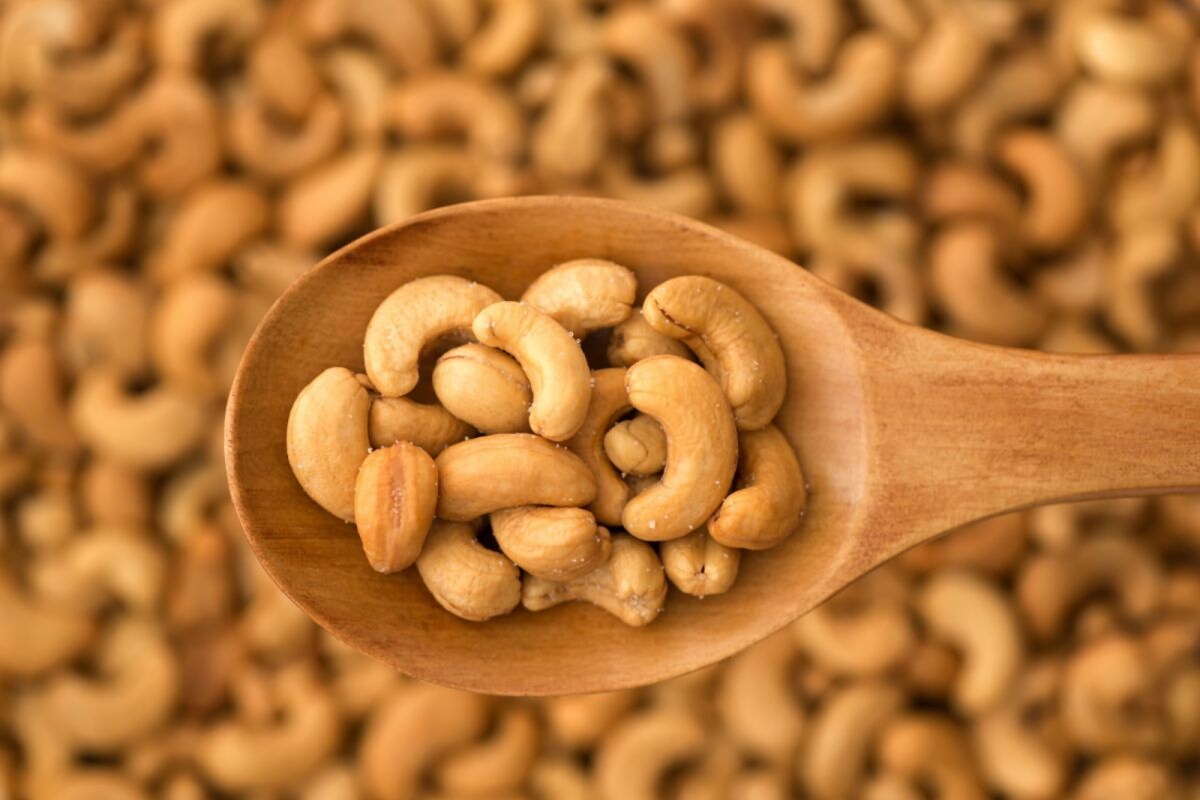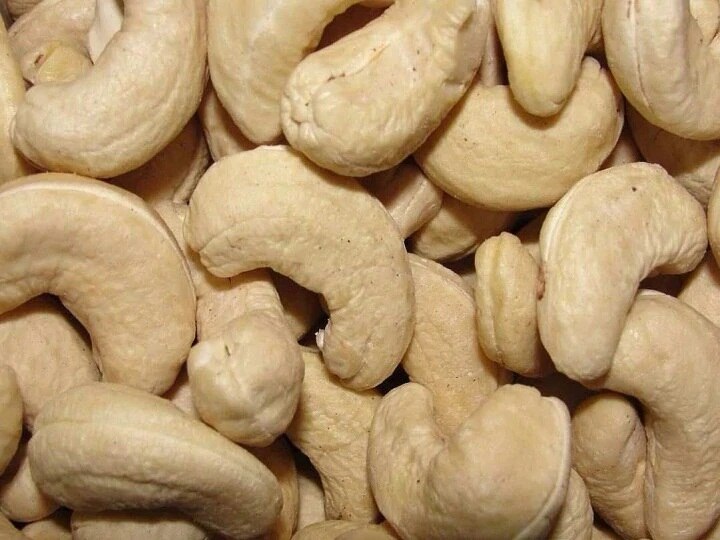

It was the first report globally to increase citric acid production by applying nanotechnology.Īt various times, we used four techniques to improve capability of the mould. We manipulated growth conditions of the mould and applied nanomaterials in its nutrition in this regard. We then used scientific techniques to increase the citric acid production. These include better colour, texture, flavour and firmness. They found the soy cheese to have better characteristics than those produced locally using fermented liquor of corn. We asked a panel to test the quality of the cheese. Citric acid is used as coagulant in producing cheese.

We used the citric acid to coagulate soy milk to make cheese. The yield is considered very high compared to those that were earlier reported. It produced 92.8g of citric acid per litre of juice after 10 days of growth. The best locally sourced black mould consumed the juice to produce citric acid in large quantities. It is celebrated as a microorganism that has made huge contributions to biotechnology for 100 years. It is used to produce different products, including enzymes, proteins and animal feeds. It has been used to produce citric acid since 1919. The mould grows on simple and cheap materials. It is scientifically known as Aspergillus niger. Black mould is a fungus that is widely distributed in the environment. We used cashew apple juice to grow black mould to produce citric acid for the first time globally. Nutrients in the cashew juice and pulp support the growth of microorganisms. New sources of nutrients are needed to grow microorganisms that produce citric acid. The demand for citric acid is growing because of its usefulness in food, pharmaceutical and cosmetic industries. In our efforts to add value to cashew, we focused on the underutilised cashew apple juice and aimed to test the possibility of producing citric acid from the juice. Biotechnology can also turn the juice into drinks and ethanol. Shell and pulp are used through biotechnology to produce animal feeds and bioethanol. For instance, cashew nut shell liquid produces chemicals that can be used in the making of paints, varnishes, agrochemicals and medicines. Biotechnological products were valued at US$752.88 billion in 2020 with projected growth of 15.83% for 2021-2028.Ĭashew wastes, too, can be turned to wealth by creating new products. Yeast is used in producing bread via biotechnology. For instance, man makes use of some bacteria to convert milk to yoghurt. Nigeria can produce citric acid from cashew apple juice by using biotechnology - the science of using biological processes to produce valuable materials and services. Domestic production would save Nigeria US$31 million a year in foreign exchange, based on citric acid imports for 2020. Our work shows that citric acid can be produced from cashew apple juice, which is abundant in Nigeria.

In 2020, trade in cashew nuts was worth US$6.87 billion.Ĭashew farming contributes about N24 billion (about US$58 million) to the Nigerian economy annually. Between 20, world trade in raw cashew nuts more than doubled to 2.1 million tons, and African producers – led by Côte d’Ivoire – accounted for almost two-thirds of the growth. Nigeria’s no different to other African countries that export the bulk of their production as raw cashew nuts.Īfrica, with production of 2,334,405 tons, is the world’s largest producer and exporter of raw cashew nuts, accounting for more than 50% of production. Nigeria currently harvests 200,000 to 240,000 metric tons of raw cashew nuts each year, with about 85% of this exported. We used cashew from Ogbomoso, south west Nigeria, an area that produces some of the best cashew nuts in Nigeria. Its global value is expected to reach US$4 billion in 2027. Citric acid is widely used to preserve blood, drugs and processed foods and drinks. It was the first effort globally to produce citric acid from cashew juice. We’ve been conducting work into the potential of producing citric acid from cashew juice. Yet, these are valuable materials and they can be improved by biotechnology. The apple pulp, shell and liquid from the shell are all wasted or underutilised.


 0 kommentar(er)
0 kommentar(er)
